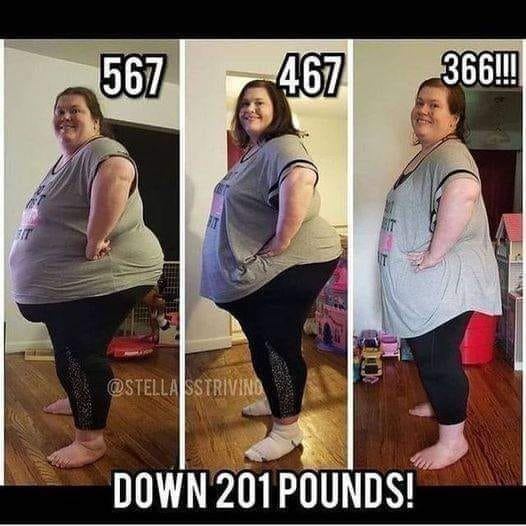ADVERTISEMENT
By cutting carb intake significantly, we can drastically reduce insulin resistance, the precursor to type 2 diabetes. In addition, low-carb diets, along with exercise, can be very effective at helping alleviate the symptoms and progression of type 2 diabetes. Beyond that, ketosis itself is appetite-suppressing, meaning your hunger will naturally check itself, increasing your caloric deficit and making you lose fat even faster.
Getting Started
Ketosis takes some time to get into – about two weeks of low-carb eating is required for the initial adaptation. During this time there will be bouts of sluggishness, fatigue, headaches, and some gastrointestinal issues as you adapt, often referred to as “keto flu“. Proper electrolyte intake will correct most of these issues. In addition, the “diet” aspect of this ketogenic diet plan – that is, the caloric restriction – shouldn’t be worried about. Weight loss will come as your body regulates appetite as it the addiction to sugar and processed food lessens, so restricting calories during the initial two weeks isn’t recommended.
The meal plan is designed to ensure you get three balanced, healthy meals a day that addresses fiber, satiation, and adequate protein intake. The greatest part of a ketogenic diet is the fact that it spares muscle loss, whereas a carb-based diet doesn’t. Weight lost in a high-carb, calorie-restricted diet will often come both from muscle and fat, whereas with keto, you can burn fat without sacrificing muscle. This is referred to often as “body recomposition” and leaves you with a much more preferred physique after weight loss.
Additional Points of Interest
Ketogenic diets often create a significant loss of water during the first phases. This is because carbs are converted to glycogen in your body, which is stored in water within the muscles and liver. As you deplete stored glycogen, your body flushes this water out. This is a huge part of the initial weight loss during the first few weeks of ketosis. While the rapid fat loss does occur at first, a lot of water weight is often dropped as well, but this is a great encouragement as it often results in both weight loss and less bloating, allowing clothes to fit better.
Foods Recommended on a Ketogenic Diet
- Meat: Beef, goat, lamb, turkey, pork, veal, chicken.
- Fish: Salmon, trout, catfish, sardines, tuna, haddock, and many others.
- Fruits: Strawberries, blueberries, raspberries, avocado.
- Vegetables: Broccoli, asparagus, Brussels sprouts, cucumbers, and many others.
- Nuts and Seeds: Almonds, walnuts, sunflower, pumpkin, sesame, etc.
- Dairy Products: Cheese, Greek yogurt, sour cream, heavy cream.
- Fats and Oils: Peanut Butte, flaxseed oil, butter, sesame oil, olive oil, and almond oil. ( If you want to see more ketogenic diet foods, read this: The Ultimate List of Foods to Eat on a Ketogenic Diet
- For Complete Cooking STEPS Please Head On Over To Next Page Or Open button (>) and don’t forget to SHARE with your Facebook friends
